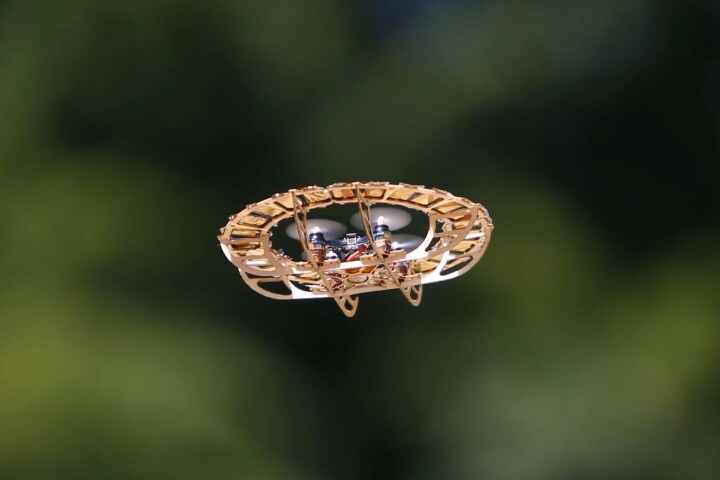In a move that would please the fictional Star Trek engineer Mr. Scott, CERN is working on ways to store and transport antimatter. Sorry, this isn't to power any starships secretly under construction, but as a way to better study antiprotons to learn more about them and the nature of the universe.
Antimatter is one of the great cosmic mysteries that has puzzled scientists ever since its existence was confirmed in the middle of the 20th century. Though particles of antimatter have the same mass as their matter counterparts, they have an opposite charge and other quantum differences. What this means is that when matter and antimatter meet, they are both annihilated in a tremendous flash of gamma rays and neutrinos.
This makes for spectacular subatomic fireworks, but it also raises a big question. According to the standard theory of how the universe formed, there should have been equal parts of matter and antimatter. If this was the case, then either the universe shouldn't exist or we should have vast regions of space spraying out gamma rays as matter and antimatter mix at the edges.

Instead, antimatter is extremely rare. What happened to it? Is it confined to extremely distant galaxies that we can't see? Was so much matter created that it annihilated all the antimatter and the universe is now composed of the leftovers? Is any of the antimatter seen from the early universe or is it all produced by interactions with atoms and cosmic rays? Or is the basic theory in error?
The answer to these questions would reveal a lot about the nature and history of the cosmos, so physicists are very keen to learn more about antimatter, and antiprotons in particular, which is almost identical to protons except for their charge. If there are other differences, these could provide vital clues.
At CERN, antiprotons are created by firing a proton beam from the lab's Proton Synchrotron at a metal target. These antiprotons have a lot of energy, in the neighborhood of 3,500 MeV, so they need to be decelerated into slow or "cool" antiprotons before they can be studied. This is done in the Antiproton Decelerator, which slows them to 5.3 Mev by passing a beam of antiprotons through a thin sheet of metal foil.
However, even this isn't enough, so CERN uses the Extra Low ENergy Antiproton (ELENA) machine that employs plasmas to slow the antiprotons down to only 90 keV. It works, but so many antiprotons are destroyed that it would take thousands of years for those left over to produce a nanogram of antimatter.

Unfortunately, CERN's Antimatter Factory has another problem. Once the antiprotons are created and cooled down, how do you study them? The magnetic environment in the Factory is much too noisy for the delicate experiments, so the antiprotons need to be stored and moved to another facility. That's tricky because you can't just stuff them in an envelope. In fact, they need a container where they won't touch anything, yet one that can be easily moved.
To achieve this, the CERN Research Board has given the green light to develop a variation on two experiments, called BASE-STEP and PUMA, to produce more stable, compact versions that can be used to build equipment that can be transported on a small truck. The two experiments will be combined to produce a single unit with one trapping and releasing the antiprotons and the other storing them.
BASE-STEP is a Penning trap inside the bore of a superconducting magnet that's been reinforced for transport. Cooled by liquid helium, the trap uses a homogeneous axial magnetic field and an inhomogeneous quadrupole electric field to capture and release the antiprotons. It sounds simple, but it's over six feet (1.9 m) long and weighs a tonne.
Meanwhile, PUMA is a double-zone trap inside a one-tonne superconducting solenoid magnet that is emptied to an extremely high vacuum and cooled to four degrees above absolute zero. The field generated can hold the antiprotons while keeping them out of contact with matter for long periods of time.
When completed and in operation in 2023, the new storage device will be used to move antimatter the short distance from the Antimatter Factory to CERN's ISOLDE facility for studying exotic nuclear-physics. Aside from comparing antiprotons and protons, the antimatter will also be used to bombard short-lived elements to determine the relative densities of protons and neutrons at the surface of their nuclei, which will improve our understanding of the interior of neutron stars.
Source: CERN







